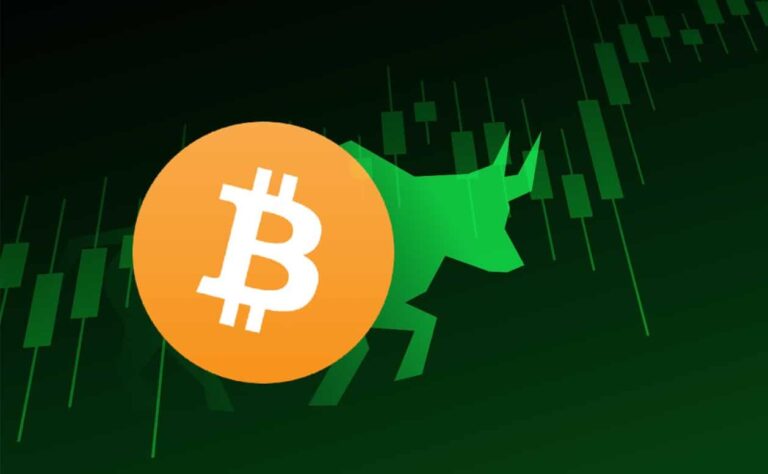
The US National Institute of Standards and Technology (NIST) has just released a damning report on stablecoins. Indeed, the agency attached to the US Department of Commerce has conducted a number of investigations relating to security and technology issues around stablecoins. This study focused on the top 20 best valued stablecoins in stock exchange. Among these 20 stablecoins, only five of them would have maintained their parity during the current year. In this new report, the agency assesses all security and trust vulnerabilities related to stablecoins.
New NIST Report De-Zines Stablecoins
In the report of the NISTWe observe that the stablecoin industry is plagued by several difficulties, among which: security and trust. The study was based on the 20 best stablecoins of the moment by market capitalization in 2022. The agency made a bloody observation: on the major stablecoins, only 5 saw their parity persist throughout the study period. These are the following stablecoins: DAI, BUSD, USDC, FRAX, and UDST. All have the particularity of being backed by the US dollar.
Moreover, according to the report, the top 5 stablecoins have a maximum average valuation of $0.9934 and a minimum value of $0.987 over the current year. These 5 tokens represent more than 87% of the market value of the top 20 stablecoins by market capitalization.
The security, stability and trust of stablecoins in jeopardy?
In addition to the figures, it is above all the major problems experienced by these stablecoins that appear in the document made public. The analyzes focus on the assessment of safety and the risks that could arise from it. The most recurring problems relate to the theft of guarantees as well as unauthorized keystrokes. We also have the compromise of data oracles and many more.
At first glance, stablecoins might get confused, but each actually has different specific risk profiles. The report makes it clear: “This security analysis revealed that two stablecoins that function almost identically in third-party marketplaces and allow goods to be bought and sold with coins at an indexed price can have very different risk profiles.” In addition to the security issues, there is also the stability issue which arises, with the worries linked to the evolution of interest rates, the fall of the associated values, the increase in the cost of transactions and the limitation of exchanges and many others.
The problems of risk and of trust are legion in the stablecoin industry. This is the result of the murky role stablecoin issuers can play. The latter have increased privileges and could try to use them to abuse or manipulate the market as they please, much to the dismay of investors.
Conclusion
Finally, the report acknowledges that centralized financial architecture is more vulnerable than DeFi. Trust is not optimal because financial architecture is human-based more than it is decentralized finance. However, DeFi also has limitations, especially with smart contracts. Generally, these contracts encounter security problems generated by malfunctions and exploits.
Receive a digest of news in the world of cryptocurrencies by subscribing to our new service of daily and weekly so you don’t miss any of the essential Tremplin.io!






